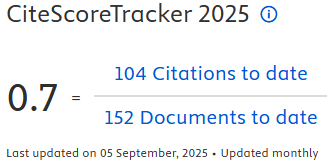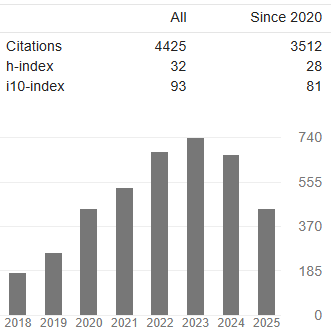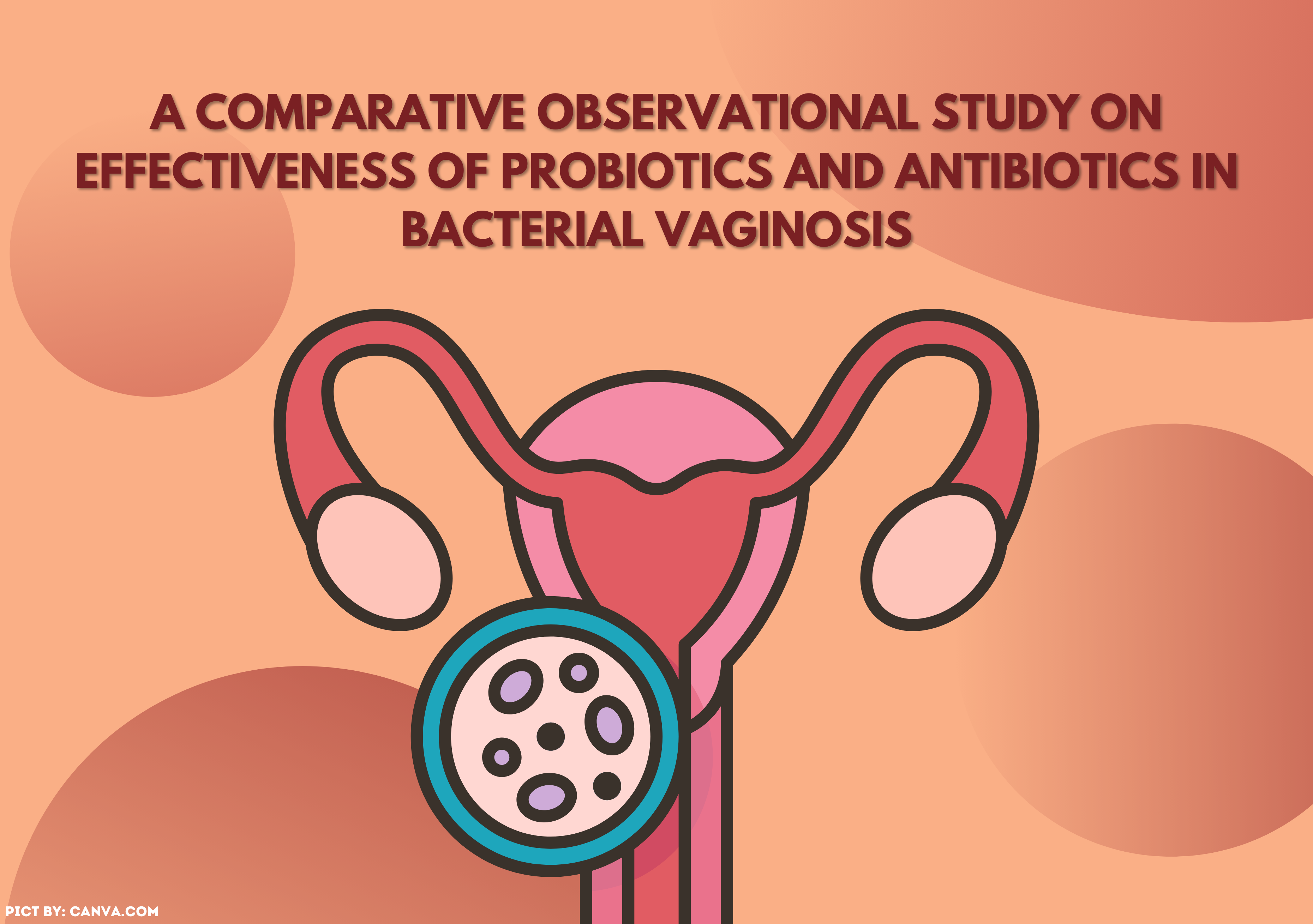DESCRIPTION OF WORKING ENVIRONMENT SANITATION IN THE OFFICE BUILDING OF THE WARSHIP DIVISION PT PAL INDONESIA (PERSERO)
Downloads
ABSTRACT
Sanitation is a public health effort that emphasizes mastery of various environmental factors that affect the degree of human health. Agencies that have a good and comfortable work environment will support improved performance for their employees. This study aimed to identify the description of working environment sanitation in the warship division office building at PT PAL INDONESIA (PERSERO). This research was observational. From the entire office space in the Warship Division, the five rooms with the most employees were selected for this research. The research instrument was an observation sheet with variables of building facilities, water supply, toilet, disease vector, lighting, noise, temperature, and humidity. Data analysis was performed descriptively with scoring. The results showed that four out of the five rooms (80%) that were observed had poor sanitation because they had a score of less than 75%. The results showed that the variables that were included in the criteria of lack of sanitation were toilets, lighting, temperature, and humidity. Suggestions given for the company are for building facilities, water supply, noise, and disease vector to be maintained because they are included in good sanitation criteria. Toilets, lighting, temperature, and humidity need to be fixed immediately, and reported to the officer responsible if things that can reduce the quality of office sanitation are observed.
Keywords: sanitation, indoor air quality, work environment
Dharmayanti, I., Tjandrarinii, D. H., Hidayangsih, P. S., & Nainggolan, O. (2018). Pengaruh Kondisi Kesehatan Lingkungan Dan Sosial Ekonomi Terhadap Kesehatan Mental Di Indonesiia. Jurnal Ekologi Kesehatan, 17(2), 64–74.
Gunawan, L. (2001). Hipertensi: Tekanan Darah Tinggi. Yogyakarta: Percetakan Kanisius.
Handoko, T. (2008). Manajemen Personalia Sumber Daya Manusia Edisi Kedua. Yogyakarta: BPFE.
Listaningrum, A. W. (2011). Pengaruh Intensitas Kebisingan Terhadap Ambang Dengar pada Tenaga Kerja di PT Sekar Bengawan Kabupaten Karanganyar. Skripsi. Surakarta: Universitas Sebelas Maret. Jurnal Kesehatan Masyarakat (e-Journal).
Mangkunegara, A. P. (2005). Sumber Daya Manusia Perusahaan. Bandung: Remaja Rosdakarya.
Mubarak, C. (2009). Ilmu Kesehatan Masyarakat Teori dan Aplikasi. Jakarta: Salemba Medika.
Ministry of Health RI. (2016a). Peraturan Menteri Kesehatan Republik Indonesia Nomor 48 Tahun 2016 Tentang Standar Keselamatan Dan Kesehatan Kerja Perkantoran.
Ministry of Health RI. (2016b). Peraturan Menteri Kesehatan Republik Indonesia Nomor 70 Tahun 2016 tentang Standar dan Persyaratan Kesehatan Lingkungan Kerja Industri.
Ministry of Public Works and Public Housing of the Republic of Indonesia. (2008). Standar Pemeliharaan Gedung. Jakarta: Sekretariat Negara RI.
Padmanaba, C. (2008). Pengaruh Penerangan Dalam Ruang Terhadap Produktivitas Kerja Mahasiswa Desain Interior. Dimensi Interior, 4(3), 57–63.
https://doi.org/https://doi.org/10.9744/interior.4.2.pp.%2057-63
Ruth, S. (2009). Gambaran Kejadian Sick Building Syndrome (SBS) dan Faktor-Faktor yang Berhubungan Pada Karyawan PT Elnusa Tbk di Kantor Pusat Graha Elnusa Tahun 2009.
Sasongko, H. A. (2000). Kebisingan Lingkungan. Semarang: Universitas Diponegoro.
Soejoeti, S. (2005). Konsep sehat, sakit dan penyakit dalam konteks sosial budaya.
Soemirat, J. (2005). Khomariyatika, T. 2007(1), 14–16.
Suhardi, B. (2008). Perancangan Sistem Kerja dan Ergonomi Industri Jilid 2 untuk SMK. Jakarta : Departemen Pendidikan Nasional.
Tarwaka. (1998). Penerangan Ditempat Kerja. Bali: Balai Hiperkes Dan Keselamatan Kerja.
Thojib, J., Satya, M., & Alamat, A. (2013). Kenyamanan Visual Melalui Pencahayaan Alami Pada Kantor. Jurnal RUAS, 11(2), 10–15. https://doi.org/http://dx.doi.org/10.21776/ub.ruas.2013.011.02.2
Wahyuni, D. (2018). Pengelolaan Laboratorium Sekretaris Kompetensi Keahlian Administrasi Perkantoran Di Smk Negeri 1 Yogyakarta. Skripsi. Yogyakarta: Fakultas Ekonomi, Universitas Negeri Yogyakarta.
Yulianti, D., Ikhsan, M., & Wiyono, W. H. (2012). Sick Building Syndrome. 39(1), 21–24.
Yuniar, E., Dwicahyo, S., Harmanda, S. J., Putra, D. K., & Wijaya, F. R. (2014). Kajian Pencahayaan Alami pada Bangunan Villa Isola Bandung. Jurnal Reka Karsa ©Teknik Arsitektur Itenas Jurnal Online Institut Teknologi Nasional, 2(1), 1–11. https://doi.org/10.26760/rekakarsa.v2i1.454
- The authors agree to transfer the transfer copyright of the article to The Indonesian Journal of Public Health effective if and when the paper is accepted for publication.
- Authors and other parties are bound to the Creative Commons Attribution-NonCommercial-ShareAlike 4.0 International License for the published articles, legal formal aspect of journal publication accessibility refers to Creative Commons Attribution-NonCommercial-ShareAlike 4.0 International License (CC BY-NC-SA), implies that:
- Attribution ” You must give appropriate credit, provide a link to the license, and indicate if changes were made. You may do so in any reasonable manner, but not in any way that suggests the licensor endorses you or your use.
- NonCommercial ” You may not use the material for commercial purposes.
- ShareAlike ” If you remix, transform, or build upon the material, you must distribute your contributions under the same license as the original.































